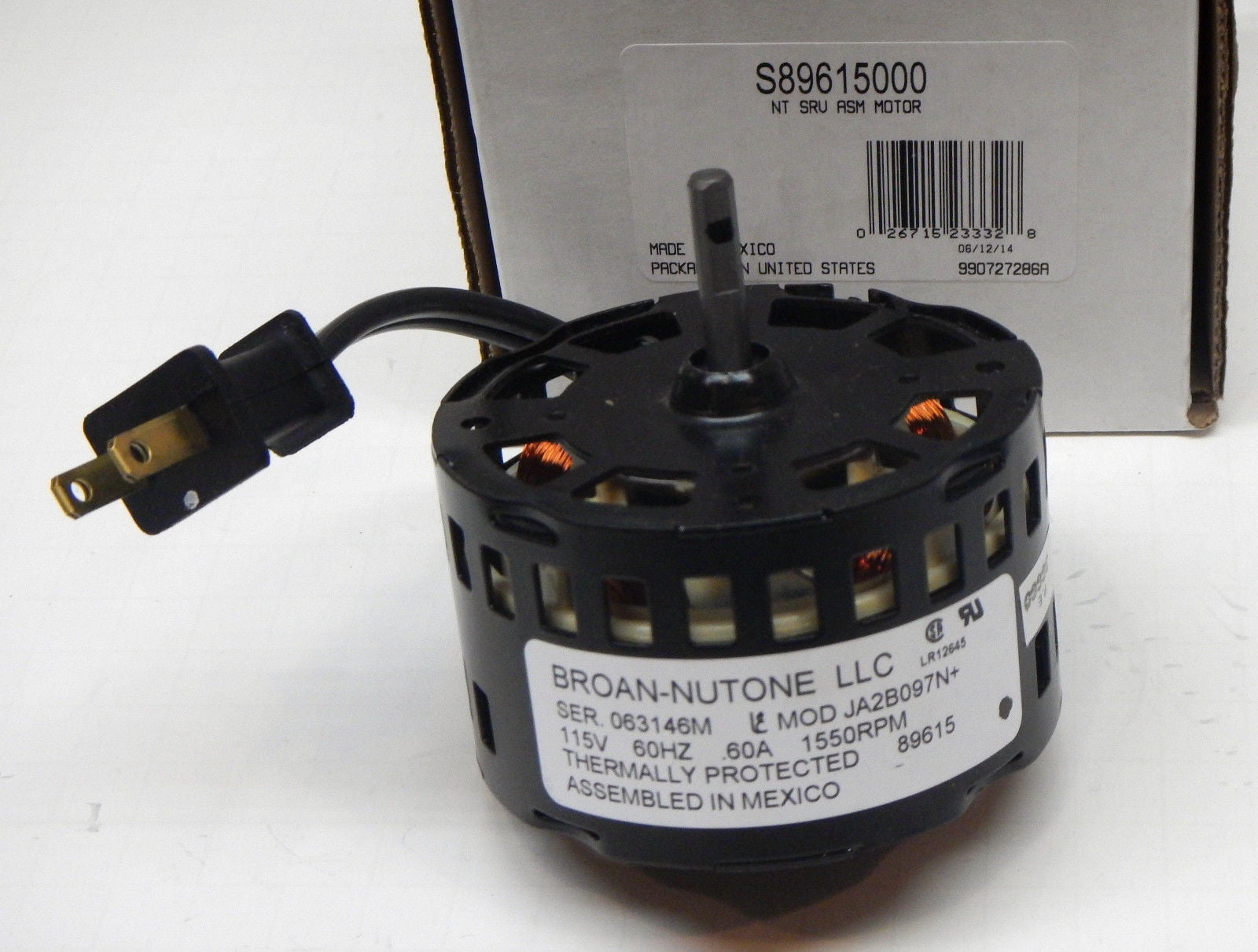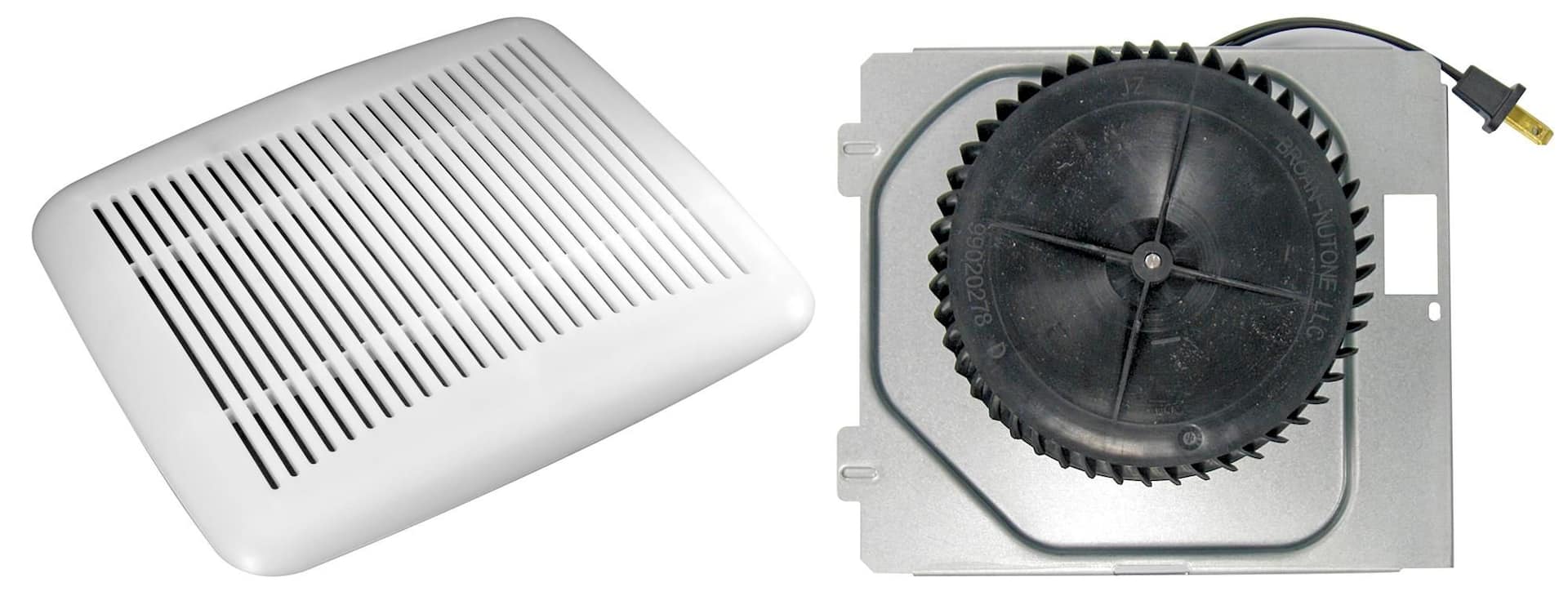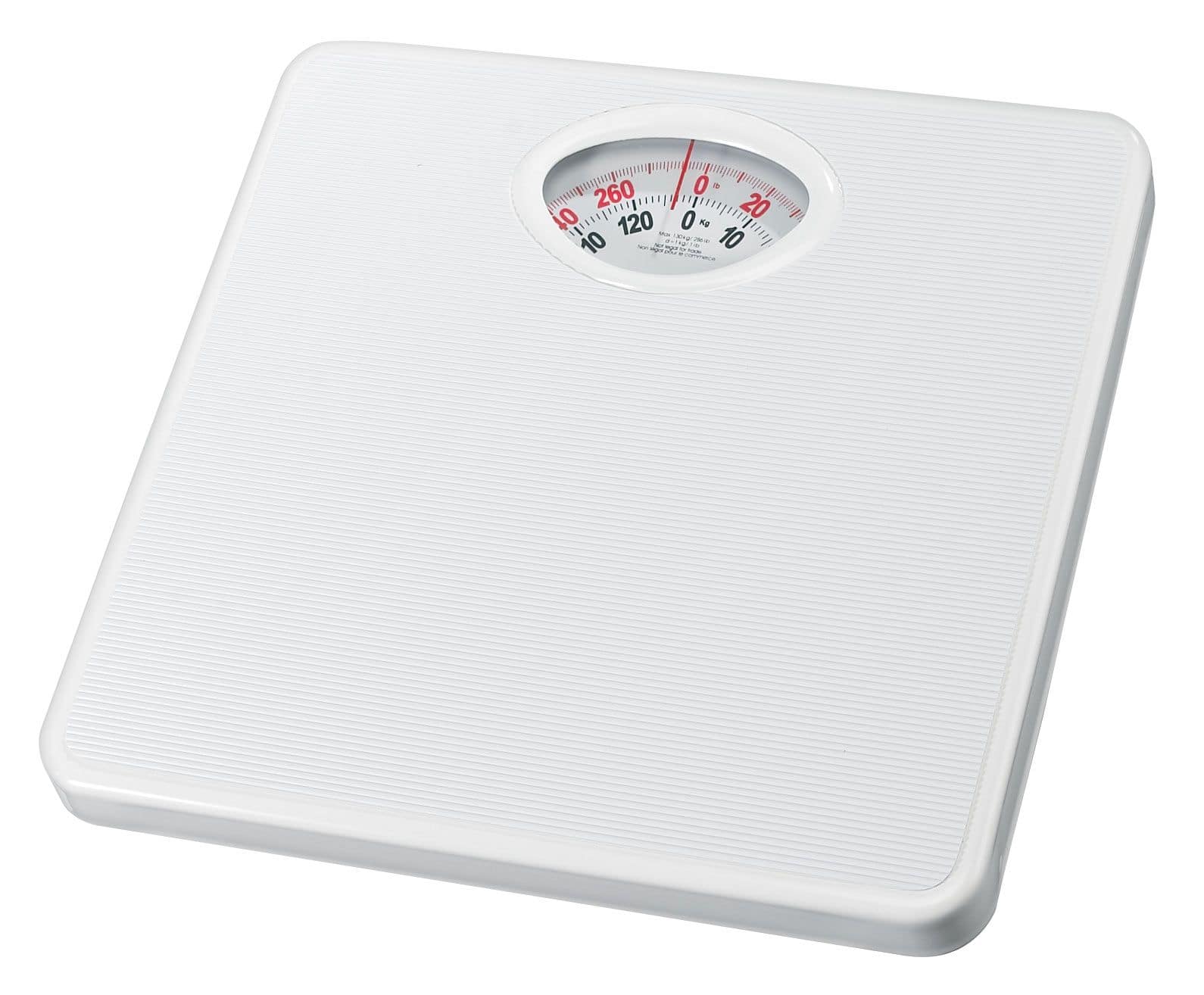Bathroom Exhaust Fan Types

Bathroom exhaust fan canadian tire – When it comes to choosing a bathroom exhaust fan, there are several types available at Canadian Tire, each with its own unique features and benefits. Understanding the differences between these types can help you make an informed decision about which one is right for your bathroom.
Yo, check out the bathroom exhaust fans at Canadian Tire, they’re pretty dope. They’re like the ultimate solution for keeping your bathroom fresh and fog-free. But if you’re facing condensation issues, don’t worry, I got you covered. Head over to this link for some killer tips on how to stop condensation in your bathroom exhaust fan.
Once you’ve sorted that out, come back to Canadian Tire and grab yourself one of those sick exhaust fans. They’ll make your bathroom the envy of the neighborhood.
The three main types of bathroom exhaust fans are axial, centrifugal, and mixed-flow fans. Each type has its own advantages and disadvantages, so it’s important to consider your specific needs before making a purchase.
Kalian pasti tahu dong ya exhaust fan buat kamar mandi? Nah, di Canadian Tire itu banyak banget pilihannya. Tapi kalau kalian butuh yang kenceng, bisa coba yang 150 cfm. Bathroom exhaust fan 150 cfm ini bisa ngisep udara lembap dan bau nggak sedap dengan cepat.
Pokoknya, kamar mandi kalian bakal tetap segar dan nggak pengap deh.
Axial Fans, Bathroom exhaust fan canadian tire
- Axial fans are the most common type of bathroom exhaust fan. They are relatively inexpensive and easy to install.
- Axial fans work by drawing air in through the front of the fan and expelling it out the back.
- Axial fans are best suited for small to medium-sized bathrooms.
Centrifugal Fans
- Centrifugal fans are more powerful than axial fans, and they can move more air. They are also more expensive and difficult to install.
- Centrifugal fans work by using a spinning impeller to draw air in through the side of the fan and expel it out the top.
- Centrifugal fans are best suited for large bathrooms or bathrooms with high levels of humidity.
Mixed-Flow Fans
- Mixed-flow fans are a hybrid of axial and centrifugal fans. They offer the best of both worlds, providing good airflow at a relatively low cost.
- Mixed-flow fans work by drawing air in through the front of the fan and expelling it out the back, similar to axial fans. However, they also use a spinning impeller to increase airflow, like centrifugal fans.
- Mixed-flow fans are best suited for medium to large bathrooms.
Installation Considerations

Installing a bathroom exhaust fan is a relatively straightforward task, but there are a few things you need to keep in mind to ensure a safe and effective installation. First and foremost, safety should be your top priority. Make sure you have the proper tools and knowledge before attempting any electrical work. It’s also important to read the manufacturer’s instructions carefully before you begin.
Once you’ve taken the necessary safety precautions, you can begin the installation process. The first step is to choose the right location for your fan. The fan should be installed in the ceiling or wall of your bathroom, as close to the shower or bathtub as possible. This will help to remove moisture and odors from the air.
Once you’ve chosen the location for your fan, you need to determine the size of the ductwork you’ll need. The ductwork should be at least 4 inches in diameter, and it should be as short as possible. The shorter the ductwork, the more efficient the fan will be.
Once you’ve determined the size of the ductwork, you can begin the installation process. The first step is to cut a hole in the ceiling or wall for the fan. The hole should be slightly larger than the fan itself. Once you’ve cut the hole, you can insert the fan into the hole and secure it in place with screws.
The next step is to connect the ductwork to the fan. The ductwork should be connected to the fan using duct tape or mastic sealant. Once the ductwork is connected, you can turn on the fan and test it to make sure it’s working properly.
If you’re not comfortable installing a bathroom exhaust fan yourself, you can hire a qualified electrician to do it for you. However, if you’re handy and have some basic electrical knowledge, you should be able to install the fan yourself in a few hours.
Electrical Wiring
When wiring your bathroom exhaust fan, it’s important to use a GFCI outlet. A GFCI outlet is a safety device that helps to prevent electrical shocks. It’s also important to use the correct wire gauge. The wire gauge should be at least 14 AWG, and it should be rated for the amperage of the fan.
Once you’ve connected the electrical wiring, you can turn on the fan and test it to make sure it’s working properly.
Maintenance and Troubleshooting: Bathroom Exhaust Fan Canadian Tire

Maintaining a bathroom exhaust fan is a breeze! Just give the fan blades a good scrub every now and then, and don’t forget to swap out the filter regularly. It’s like giving your fan a spa day, keeping it fresh and working at its best.
Now, let’s dive into some troubleshooting tips. If your fan’s making a racket, check if there’s anything stuck in the blades or if the motor needs some TLC. If the air’s not flowing as it should, make sure the fan is properly vented and the filter isn’t clogged. And if your fan’s gone on strike, it might be time to check for loose connections or faulty wiring. Just remember, if you’re not an electrician, it’s always best to call in a pro for electrical issues. Safety first, my friends!